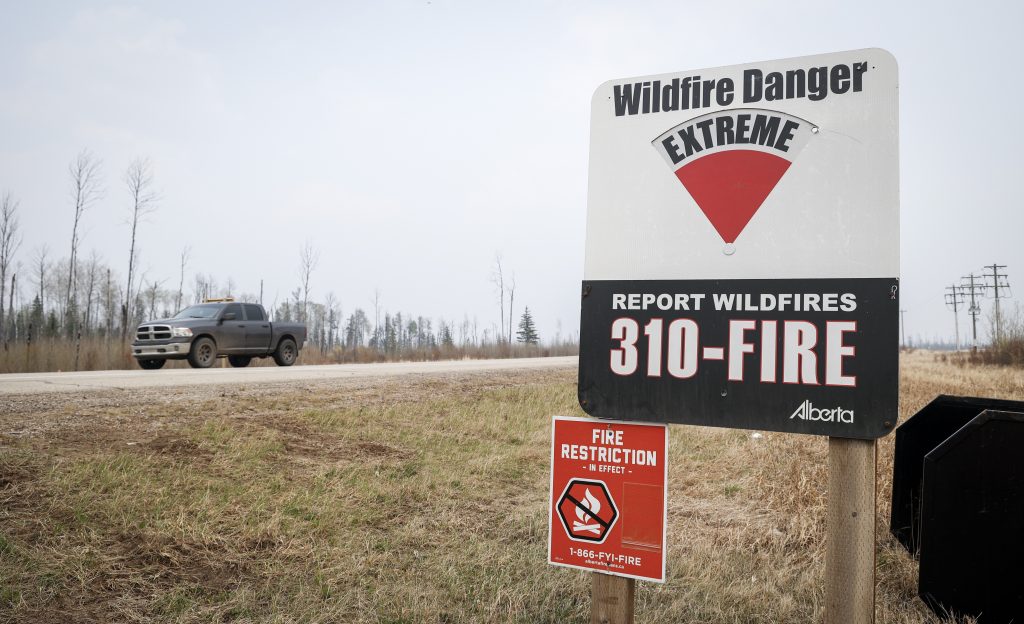AP EXPLAINS: Strait of Hormuz, a vital global oil route
Posted May 13, 2019 11:53 am.
This article is more than 5 years old.
Reports that commercial ships have become targets of alleged sabotage near the Strait of Hormuz have focused new attention on the region as tensions have risen. A look at the key waterway:
WHERE IS THE STRAIT OF HORMUZ?
The Strait of Hormuz is the narrow mouth of the Persian Gulf. It is in the territorial waters of Iran and Oman, which at its narrowest point is just 33 kilometres (21 miles) wide. The width of the shipping lane in either direction is only 3 kilometres (2 miles). It flows into the Gulf of Oman, where ships can then travel to the rest of the world. The strait is viewed as an international transit route.
WHY IS THE STRAIT IMPORTANT?
One third of all oil traded by sea passes through the strait. Anything affecting it ripples through global energy markets, raising the price of crude oil. That then trickles down to consumers through what they pay for gasoline and other oil products.
WHY IS IT IN THE NEWS?
Since President Donald Trump pulled the U.S. out of the 2015 Iran nuclear deal, Iranian President Hassan Rouhani and others in Tehran have reinvigorated a long-made threat that the Islamic Republic could close off the strait. Meanwhile, Gulf officials say that a “sabotage” attack targeted oil tankers off the coast of Fujairah in the United Arab Emirates. That’s a point where many ships travelling through the strait stop.
WHAT HAPPENS NOW?
U.S. forces routinely travel through the strait, despite sometimes-tense encounters with Iran’s Revolutionary Guard, a paramilitary force answerable only to Supreme Leader Ayatollah Ali Khamenei. The USS Abraham Lincoln aircraft carrier and its strike group are expected to arrive after the White House deployed it there amid still-unspecified threats from Iran. Given the tension, any incident between Iranian and U.S. forces could escalate the situation.
The Associated Press










